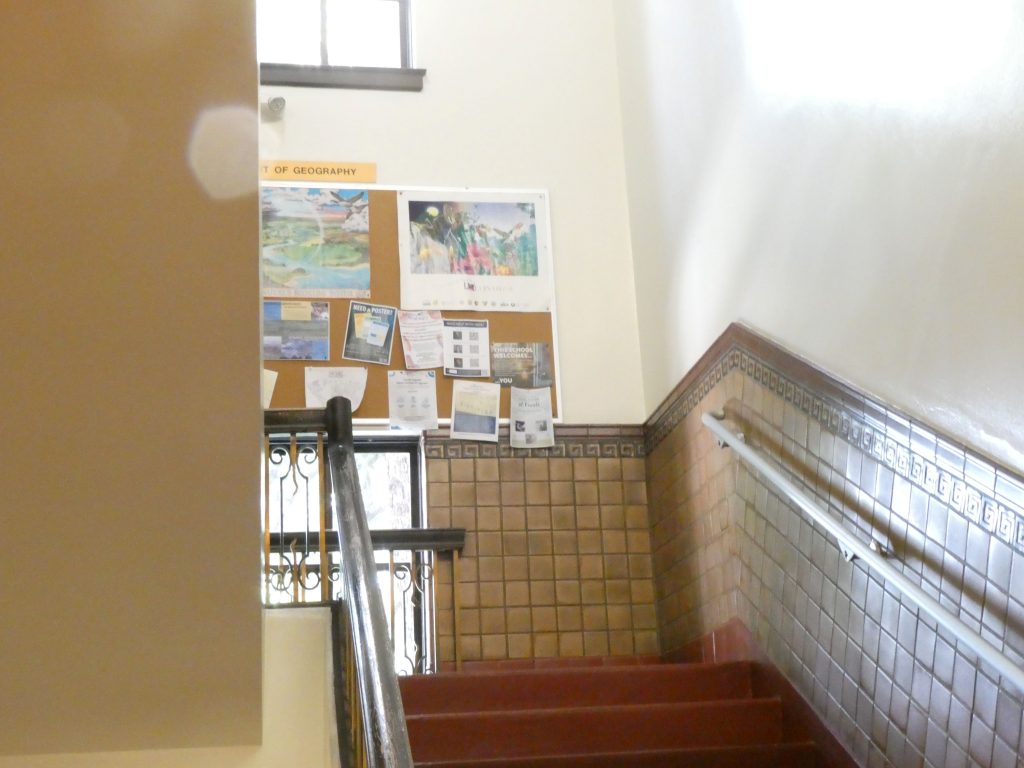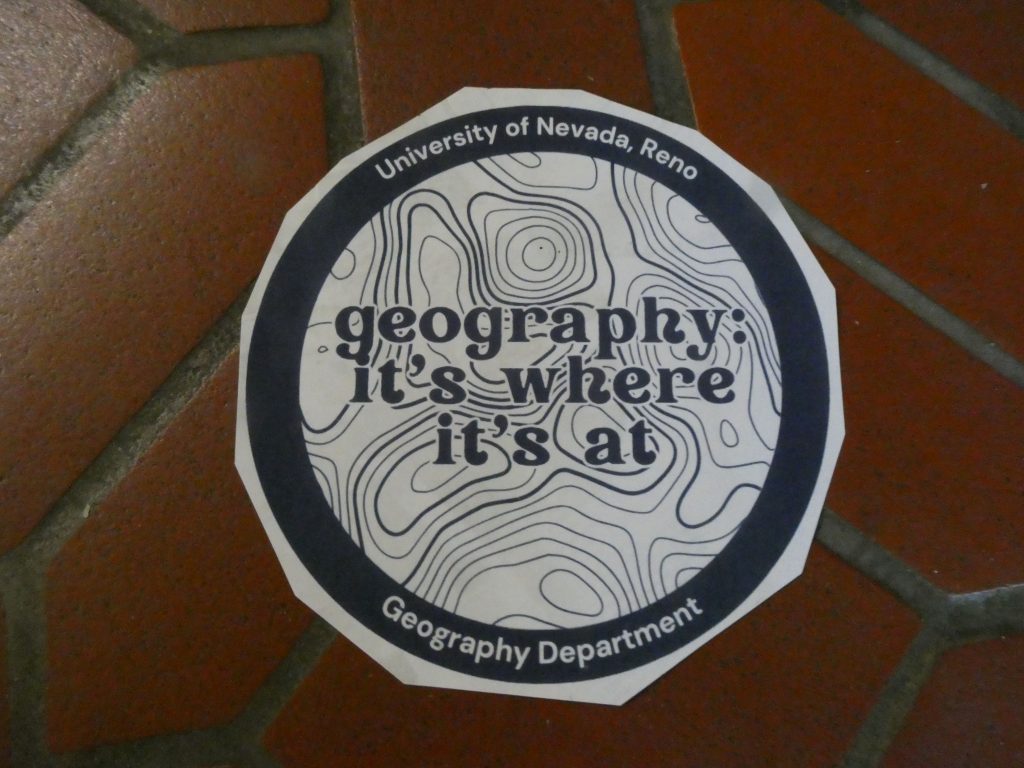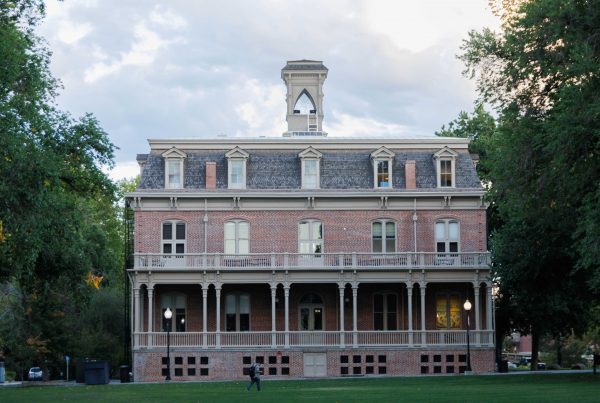Hayden Hanson is getting used to answering questions about his major.
“Nobody really knows what all there is to it,” Hanson said of geography, which boasts only two incoming freshmen. “People kind of just think ‘Oh, you’re just gonna name countries? You’re just gonna play GeoGuesser all day?’”
Plenty of geography majors will admit to doing just that, but as a field, geography mingles with the likes of environmental science, urban planning and policy, anthropology and geographic information systems (GIS), a fast-growing field that uses digital map-making tools to answer questions for science and business alike.
“You can do forestry stuff, which I think would be interesting. I’ve heard there’s climatology stuff, that’s interesting too,” Hanson said. “I thought there was a lot of opportunity here, in geography, so that’s why I picked it.”
Hanson, who said he was debating between geography at the University of Nevada, Reno and trade school before he decided to enroll here, expected the major to be small -– just not this small.
But when Hanson arrived to participate in NevadaFIT, he was the only geography major in his assigned pack of Mackay School of Earth Sciences and Engineering students. By the end of the week, he’d met one more from another group, and that was it.

A stairwell in Mackay Science, geography’s primary building on campus.
Kerri Jean Ormerod, a professor in the geography department with a focus on water policy, can’t say she’s surprised. Often, she explained, people don’t know enough about geography and its prospects when they first declare a major.
“People find geography through discovery,” Ormerod said. “Most Americans have very little exposure to geography as a discipline beyond grade school. So when people take geography classes after they enroll at UNR, more often than not, that’s how we get most of our majors.”
Ormerod is also the faculty advisor for geography majors, and sees first-hand how many different paths the degree can take. Geographers, she explained, are united ultimately by an interest in patterns or changes over space. But those patterns can be for anything.
“It’s not a topic, but a way of approaching the world,” Ormerod said. “All things are geography…weather is a function of place; rights and privileges are a function of geography. What you’re gonna wear today is a function of geography. What’s for sale at Target, species distribution [in nature] is a function of geography.”
Monty Wayman, the other incoming geography major, came to the degree by way of linguistics and culture. Though, there’s some country-naming in his past as well.
“I did do a lot of self-study for like, geography and linguistics after school, just for fun,” Wayman said. “I started building on it more when I was a sophomore, that’s when I started memorizing all the countries. I never got to the capitols, but that’s when this track kind of started.”
Wayman would train on the quiz platform Sporcle, working to beat his own globe-memorizing high score. He also said he has memories of gazing up at maps from the walls of his family’s house and feeling the beginnings of geographic curiosity.
“I feel like almost every little kid is kind of fascinated with how big Greenland is on a Mercator projection,” Wayman said. “I looked up on YouTube when I was probably less than 10 years old like, ‘What do they do in Greenland?’ Throughout my childhood, I just did that with a bunch of random countries and fell in love with it over time.”
Very nearly a linguistics major, Wayman found himself drawn to geography because of its variety and the opportunities for work outside of academia. But in the university’s introductory cultural geography class, Geography 106, he’s still in his element.
“It’s just really cool to learn about people and how they live on the land that they live on,” Wayman said.
As this incoming class moves towards graduation, Ormerod explained, it’ll most likely grow with new recruits. People find geography here, transfer in as upperclassmen or find interests in so many conflicting places that an interdisciplinary major like geography is the only way to go.
“Some natural born geographers are truly interdisciplinary thinkers and they don’t know there’s a discipline that’s trained in thinking across disciplines,” Ormerod said. “They don’t know about us; they’ve been looking and looking and looking.”

Last semester, the geography department printed stickers proclaiming “geography: it’s where it’s at.” The stickers were handed out to students in an effort to promote the program.
But however students enter the field, Ormerod added, they never stop having to answer for themselves.
“You kind of have to be brave to select geography,” Ormerod said. “For most people it is a switch, and because geography is such a poorly-understood discipline in the United States, you will spend some time describing and explaining what you do.”
Peregrine Hart can be reached via email at peregrineh@unr.edu or on Instagram via @pintofperegrine.







